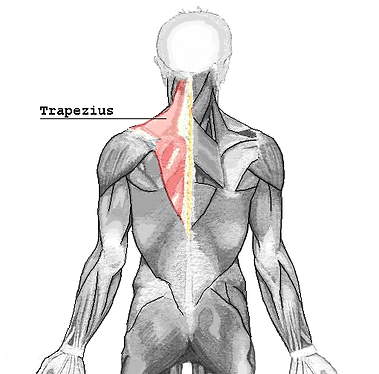Port de Bras: Balance of Strength and Flexibility
July, 2014
The emphasis in ballet training is generally placed on legwork, turnout and posture. And rightly so as these are the important aspects to focus on if you want to build a strong and healthy technique.
However, the port de bras, the movement of the arms, completes a dancer’s skill and transforms pure exercise into the art of dance. It is part of what separates dancers from other athletes.
You can see a lot of stylistic diversity, depending on the training background, e.g. French, Russian, American or other systems. But no matter which school, all require strength and well-established alignment of the pelvis and upper body, without which the arms could never move freely and independently from the rest of the body.

allongé in 4th arabesque
Arm movements are one of the greatest assets of a dancer, they are the icing on the cake of dry technicality. It sets principal dancers apart from each other as it lets them express their individual personalities.
Your arms must never be a hindrance in your practice but they should support your every step. Students need to be taught the accurate positions, yet once these are learnt and ingrained a port de bras must be "felt".
Note, without a proper understanding of the correct arm positions any “felt” port de bras is only ever going to look like a random mess!
What are the anatomical prerequisites?
In order to move your arms the "ballet way" you need:
-
shoulder joint mobility
-
length of chest muscles, i.e. pectoralis
-
strength of upper back muscles, i.e. trapezius
-
dynamic rotator cuffs, i.e. teres minor
The shoulder joint is the joint with the biggest range of motion in the body. At the same time, it is very unstable. Since the shoulder joint is attached to the rest of your trunk by only one bone, the clavicle (collar bone) it is up to the muscles around the joint and shoulder blade to connect and control shoulder and arm movements.
Because of our computer-based lifestyle and the fact that our eyes focus forward (imagine how different our posture would be if we also had eyes at the back of our head) people’s chest muscles (pectoralis, fig.1) are very often “locked short” (short and weak) whilst the upper back muscles (trapezius, fig.2) are “locked long” (long and weak). Think: shoulders being pulled forward and inwards and the upper back being slouched.

fig. 1

fig. 2
above images * Original by sv:Användare:Chrizz, 27 maj 2005 * compressed with pngcrush {{GFDL}} Category:Muscles
If you picture this it is easy to see how that would restrict our ability to lift the arms without also lifting the shoulders or flaring the rib cage, thereby misaligning our whole posture.
Another important muscle group to know in this context are the rotator cuffs, the movers and stabilisers of your upper arm bone and shoulder blade. Out of this group, the teres minor (fig.3) is an extremely useful one to visualise. It links the shoulder blade to the upper arm bone and rotates the arm outward, an important action when you bring your arm to 2nd or 5th position.
Insufficient function, by which I mean balanced flexibility and strength, of any of the described muscles leads to tension in the neck and hands and thus prevents flow and natural-looking movements.

fig. 3
Anatomography, CC BY-SA 2.1 JP <https://creativecommons.org/licenses/by-sa/2.1/jp/deed.en>, via Wikimedia Commons
What is the solution?
The most effective way is obviously attending a Shoulders & Port de Bras mini-workshop (if available). Another option is to follow the arm and shoulder exercise video (3rd from top) on the video page. It addresses all the aspects I discussed in this article. The essential things for you to remember if you work on your own are:
-
to stretch your chest-shoulder area (fig.4)
-
to strengthen your upper back and rotator cuffs (watch my YouTube video)
-
to mobilise your shoulder joints (shoulder and arm circles)

fig. 4
By doing so, with time you will acquire artistic allure, gain confidence and you will also improve your overall technique. You will become a better performer.
